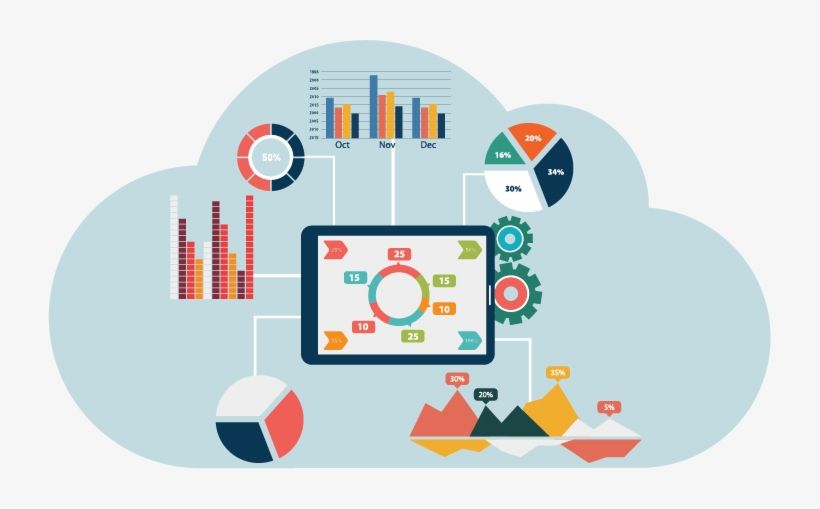
5 Uses of Data Analytics in Retail: How Better Experiences Can Lead To More Sales
Data analytics has become the most sought-after, critical detail required to help businesses improve and thrive. Its application in industries of all kinds ranges from uncovering operational inefficiencies to discovering new sales opportunities.
In retail, where the competition is fierce across borders and channels, data analytics has been disrupting the industry for a while now. Leveraging meaningful insights, businesses can deliver more targeted promotions, better-focused goods, and services and uncover continual opportunities for growth.
Here is a closer look at 5 ways data analytics in retail is being used to disrupt retail today.
1. Understanding Customer Behaviors
Data analytics that tracks customer behaviors help retailers to understand how their customers are shopping, what they like and where they prefer to receive promotions. Using this data they can optimize marketing efforts and create offers best suited for customers as well as uncover tactics for retention and personalization that improve sales and lower costs.
2. In-Store Experience Tracking
For omni-channel and brick and mortar retailers, improving the in-store experience is critical today. One way data analytics can improve merchandising is through tracking. To do so, sensors, beacons, and mobile applications are used to track customer movements throughout the store. Once this data is collected it’s then analyzed for insights around how to deliver excellent customer experiences, where to focus attention and what leads to consumers coming back to shop again in the future.
3. Better Promotions
Improving conversion rates is essential in retail as online real estate for goods continues to be flooded. With predictive analytics and targeted promotions, it’s possible for retailers to uncover what offers and products are most popular, what’s being signed up for, and more. With this data, they can continue to test and analyze new ways to capture customer interest.
4. Tracking the Customer Journey
Perhaps one of the most critical facts about customers is their journey – an overall look at their entire experience with the brand. From communications to online and in-store experience, purchases and their interactions with ads. Getting a full view of this helps reduce cart abandonment, increases the likelihood of closing a sale and helps retailers understand how to best guide customers to complete the buying process.
5. Operational and Supply Chain Improvements
Using analytics in the supply chain is one of the more recent ways retailers are upping their game. The data can be used for everything from product tracking to improved quality, real-time inventory management, and better forecasting. It’s also speeding up delivery of goods – something consumers have come to expect. Making better decisions at this level of the operations not only cuts down on costs it also has the ability to impact the bottom line.
In the end, retailers who leverage the power of data analytics will continue to win more customers. A deeper connection to their desires and needs and stronger bonds formed using actionable insights from data are all key to increasing sales in the competitive marketplace.
